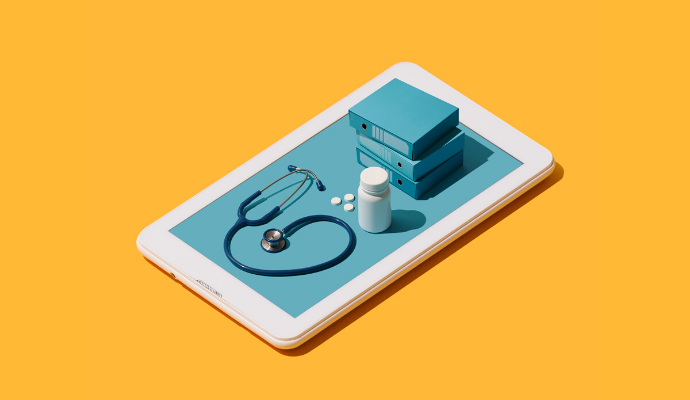Despite this being an improvement from years previous—in 2018, the poll found that 49 percent of adults over age 65 don’t have a patient portal—it still draws some concern for organizations leaning on the tool for vaccine rollout.
Many organizations are using patient portal messaging to let patients know when they have become eligible for the shot, something that is happening for individuals over age 65 in many states. Some medical providers are also using the patient portal for appointment scheduling, letting patients use the patient portal to pick the time they will get their COVID-19 vaccination.
U of M experts asserted more effort needs to go into getting patient portal signups higher, emphasizing to older adults that this is the very medium they will have to use to get their vaccination appointment on the books.
“Right now, one important thing that we can do for older adults is encourage and help them to sign up for patient portal access, or log in again if they haven’t in a while, if their provider offers one, and especially if it will be used as part of the COVID-19 vaccination process,” said Preeti Malani, MD, director of the poll and an infectious disease physician at Michigan Medicine, the University of Michigan’s academic medical center, which supports the poll along with AARP.
Providers also need to look out for older adults for whom the patient portal is not navigable or accessible.
“If they don’t have a computer, or they need help navigating the technology, they can appoint a trusted adult as their ‘proxy’ to access their account,” Malani added.
Patient portal signup falls along racial lines, the data furthered, mirroring the racial health disparities seen in COVID-19 infection rates. People at higher risk for becoming infected with the virus are the least likely to have a patient portal on which they can learn more about a vaccine.
Just under half of older Black people and a total of 53 percent of older Hispanic people did not have a patient portal account at the time the poll was administered in June 2020, the researchers said. This compares to 39 percent of older White people who said they do not have a patient portal account.
Although the poll did not explore why such disparities emerged, limited English language proficiency or trust in medical data security could be to blame.
Perhaps most salient, however, are the income-based health disparities. Individuals with higher incomes were significantly more likely to have a patient portal account than those with lower incomes. Among individuals with incomes lower than $60,000 annually, 54 percent said they did not have a patient portal account. Only 35 percent of people with higher incomes said they did not have a patient portal account.
Those without a high school diploma were also more likely to say they don’t have an account (53 percent reported such), compared to those with a college degree (31 percent said they didn’t have a portal).
It will be essential for healthcare organizations leaning on the patient portal for the vaccine rollout to scan its population for patient portal enrollment. Targeted patient outreach could compel more patients to make a patient portal account in order to get their vaccine, Malani suggested.
“Vaccination is so critical to protect their health, and we don’t want technology to stand in their way,” Malani stated.
It could be likely that as more of the general population outside of healthcare or nursing home settings become eligible for the vaccine, patient portal signups will go up. Organizations that make it clear the patient portal is the way a patient can learn more about the vaccine and make a vaccination appointment might see more patient engagement with the technology.
This follows the trend seen throughout the beginning parts of the pandemic, when patients flocked in droves to the patient portal to both access telehealth appointments and view COVID-19 test results.
As having digital documentation of those types of things—a completed COVID-19 vaccine regimen or a negative test result—becomes more important, many experts agree adoption of patient portals and digital personal health records could spike.
About Orb Health
Care Management as a Service™ rapidly provides EMR-connected remote contact centers as a scalable virtual extension of the practice to deliver cross-practice scheduling and care management programs as a guided service without adding staff, apps, or infrastructure.
